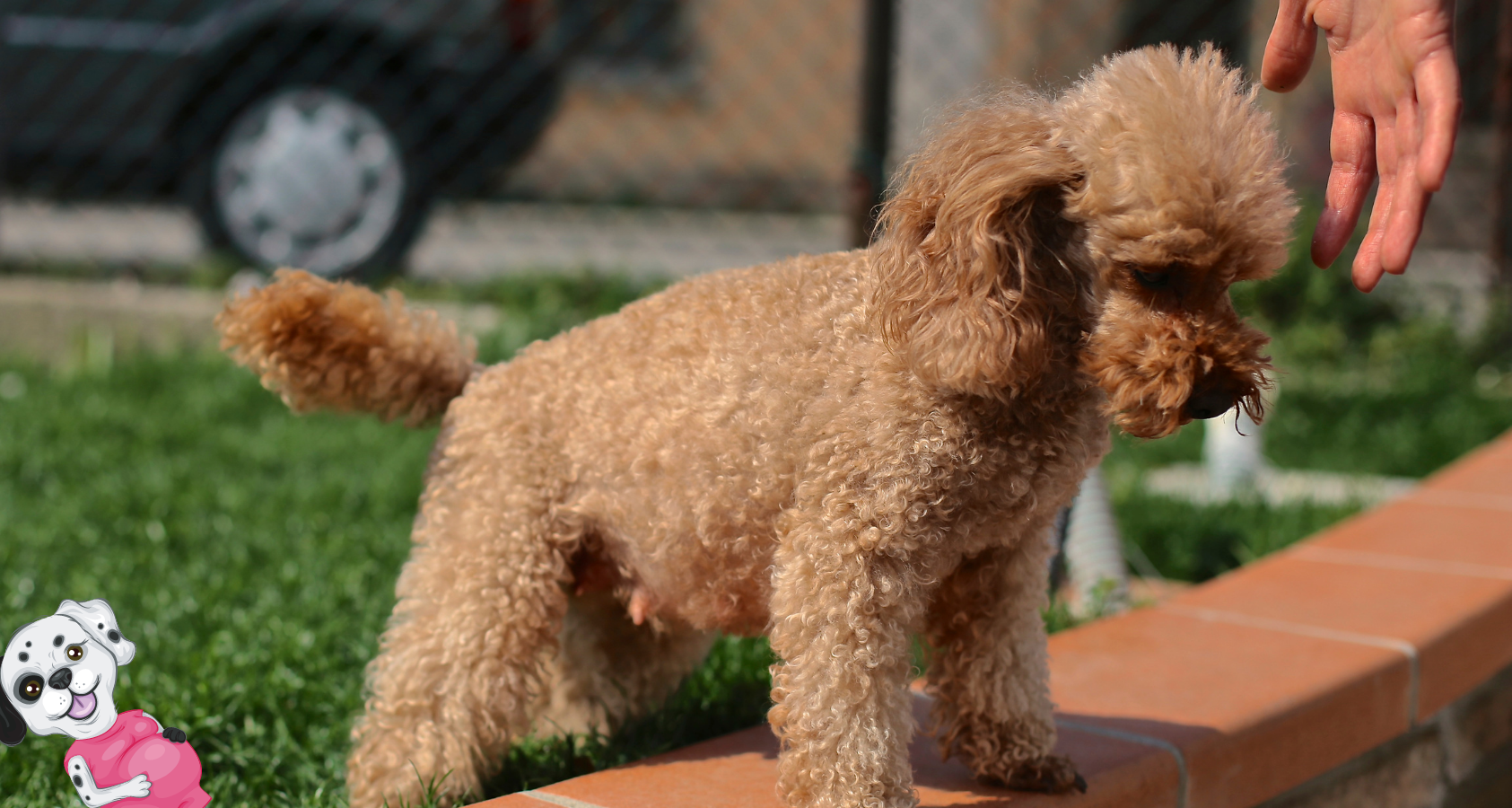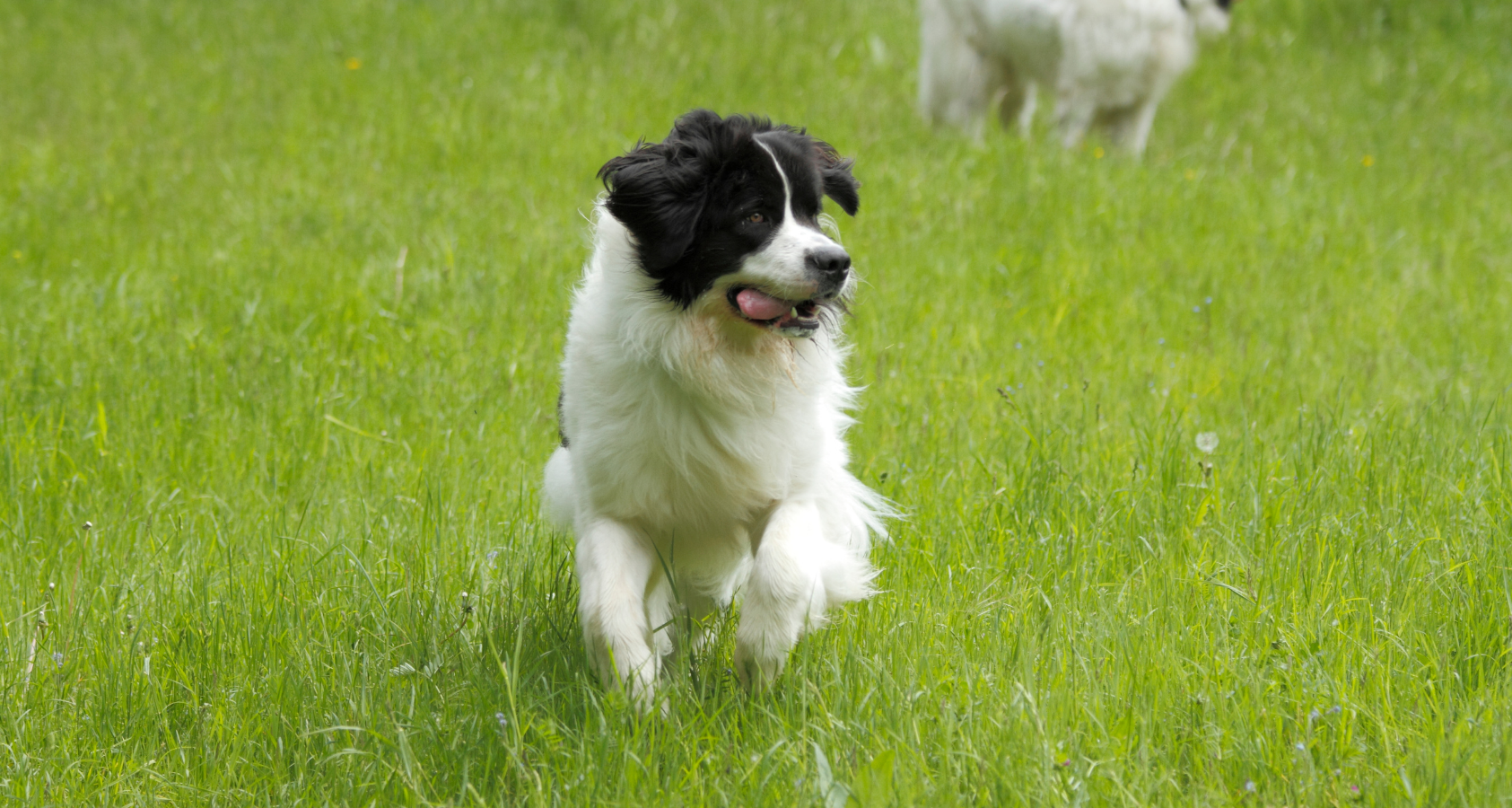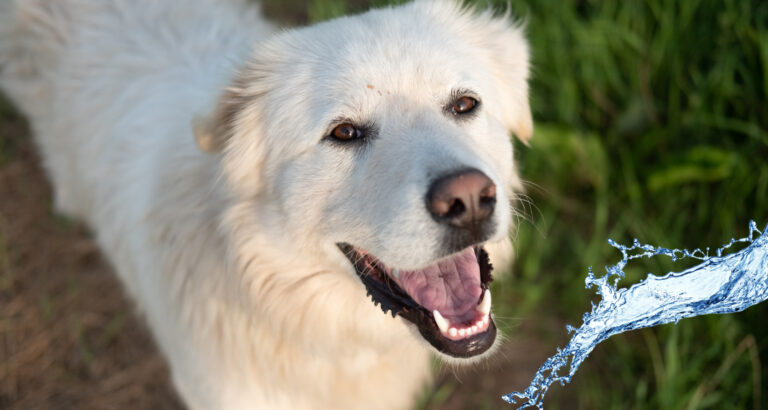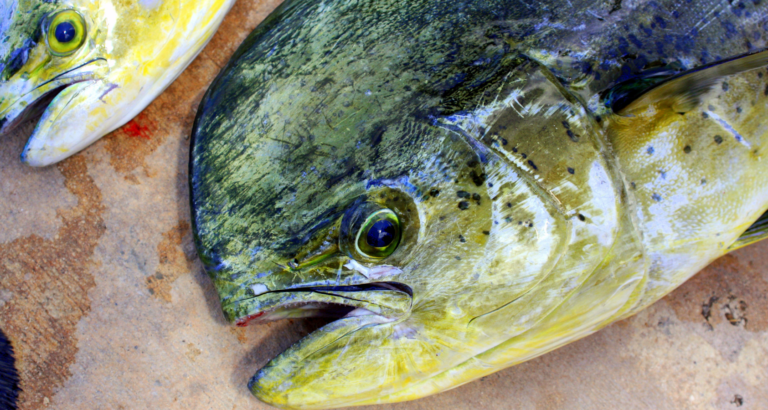Dog Carrying Puppies in Rib cage? What Can I Do?
Last updated on March 21st, 2023 at 06:37 am
Reading Time: 7 minutesThis post may contain affiliate links. If you click and buy we may make a commission, at no additional charge to you.
Dog Carrying Puppies in Rib cage?
It’s lovely to welcome a new litter of puppies into the world, but canine pregnancies can be complicated, stressful, time-consuming, and expensive. If you’re a first-time dog parent, it can give you a little tough time as you cannot figure out what you should do.
Quick Answer
If you suspect your dog is carrying puppies, confirmation of the dog’s pregnancy is the first thing you need to do. Once it is confirmed, take good care of your dog with a proper diet, and exercise. Don’t allow her to eat unhealthy, go on a walk, let her exercise, keep her active and make sure to visit the vet.
Here, you will get all the necessary things about dog pregnancy, like where puppies lie inside the abdomen, signs of pregnancy, how to take good care of your pregnant dog, stages of dog labor. So, let’s go on!
Is It Normal for Dogs to Carry Puppies in Rib Cage?
Like other mammals, puppies grow inside the womb or uterus located in the abdominal cavity. Some puppies may lie under the ribs during fetal development. However, they are still in the abdomen – specifically, the region of the abdominal cavity that is under the ribs.
Some puppies remain closer to the ribcage, but they drop down in the abdomen during the final weeks, closer to the birthing canal. So, it is completely normal.

Dog Carrying Puppies – Get It Confirmed!
If you are in doubt that whether your dog is pregnant or not, start looking for pregnancy signs and symptoms. You won’t be able to find many symptoms that do not appear until after the first month has passed, so look out for the changes in behavior ASAP.
Here are some signs to notice that will confirm your dog’s pregnancy:
1st Sign: Increased Appetite
In the first three weeks, you won’t find any changes in her behavior. Initially, few dogs experience reduced appetite, but it gradually increases after a few days. Some dogs may sleep a little longer than others. Your dog will most likely act normally, and only a few dogs will have swollen nipples. Even if your dog isn’t pregnant, her nipples may swell after her heat cycle, so swollen nipples don’t count as a sign.
2nd Sign: A big and Swollen Belly
After about day 20, she may experience a bigger belly size. Her abdomen starts increasing when the puppies drop in their stomach. Make sure you take her for a walk every day if she starts to look pregnant. Moreover, not all more giant bellies indicate pregnancy. A swollen belly can sometimes be a sign of a dangerous underlying condition.
3rd Sign: Mucous-Like Discharge
Around week four or five after being bred, your dog may start to develop a mucous-like discharge from her vagina. Your pregnant dog’s vaginal mucous discharge is likely to be clear and greasy. This discharge is an unmistakable sign of her pregnancy and lasts till the pregnancy ends. However, if you observe your dog is producing a thicker, pus-like release with a foul odor, take her to the Vet right once.
4th Sign: Palpitation in Uterus
After about a month, your dog’s uterus will start palpitating. Some expert breeders and vets can even count the puppies inside your dog. You shouldn’t be worried if the dog is carrying puppies high and located not so quickly.
5th Sign: High Level of Hormone
After about day 30, you can take her in for an ultrasound or a blood test. Because not all clinics have ultrasounds facilities, and one more thing is that ultrasounds are more expensive than the blood test, so be careful to inquire and compare before selecting between these two. If you opt for a blood test, most dogs will exhibit a raised hormone level, allowing you to determine whether she is pregnant. Dogs with small litters sometimes show false negative pregnancy results.
6th Sign: Secretion of Milk
She can start leaking milk from her nipples.
7TH Sign: X-Ray Confirmation
After day 45, if you want to know more, you can have her abdomen x-rayed. After an X-ray report confirms her pregnancy, you can predict the exact number of puppies. By that age, you should feel the puppies moving around.

Dog Carrying Puppies in Rib Cage – Things You Need to Do
Once it is verified that your dog is expecting, there are a few things you should do to keep her healthy throughout this period.
Proper Nutrition
Try to make sure that your pregnant dog gets good nutrition is one of the most crucial things you can do for her. Unless as directed by your veterinarian, you won’t need to make any adjustments to your dog’s diet throughout the first two-thirds of her pregnancy if she’s already eating decent quality dog food and is a healthy weight. Increasing the amount of food at this point can be hazardous.
- Primarily, the Vet advised to gradually increase her food consumption as her weight rises in the final weeks of her pregnancy, until she consumes 35- to 50 percent more than usual.
- To avoid any discomfort, increase her intake gradually and feed her small, regular meals.
Exercise
If you want to breed your dog, some doctors feel that limiting vigorous activity during the first two weeks of pregnancy can help the embryo to implant. Regular exercise is allowed after that until your dog’s belly gets bigger. The mother-to-be should take shorter and probably more frequent walks because she needs her energy to carry the puppies and feed them.
Dog Games or Exercises to Avoid During Pregnancy |
| Extensive stretching |
| Jumping |
| Games of tug |
| Bouncing |
| Hiking |
| Running |
| Chasing |
Pregnant dogs benefit from regular short walks, light playtime, and lots of attention. Don’t overstimulate the pregnant dog, but don’t allow it to become lethargy either.
Visits to the Vet
Before breeding your dog, take her to the vet for a complete prenatal checkup. Her vaccinations should be up to date. Your Vet will probably suggest either a fecal exam to check for intestinal parasites or have your dog de-wormed with prescribed medication good for your dog before mating.
Regular visits to the veterinarian might help your dog stay healthy during her pregnancy.
When Do Puppies Move in the Womb?
When your dog is roughly 40 days pregnant, the puppies start to move into the womb. However, at this stage dog’s belly begin to grow in size gradually. The abdominal distension would move backward as the pregnancy progresses.
Your dog may face fur loss on the abdomen side as her puppies start to drop into the womb. Did you know before that around 6 to 7 weeks after mating, the dog will start losing her abdominal hair to make nipples visible and allow milk suckling. Your dog begins gaining weight at this stage, and her belly size increases, but her appetite will decline.
Can You See Puppies Move Inside Pregnant Dogs?
Yes, you may be able to touch and feel the puppies inside the dog’s belly after about five weeks of pregnancy. However, you might be able to see the pups move under the mother’s abdomen skin after week 7.
How to Get Ready for Canine’s Birth?
Make a peaceful nesting location near the final stages of your dog’s pregnancy for the birthing or whelping procedure. The area must be warm and comfy for the dog and puppies. Your dog should be able to get in and out as the dog likes while keeping the puppies enclosed in this area.
To prevent the mother from herpes virus infection, she should be isolated from other dogs three weeks before birth and three weeks after delivery. This virus is rarely harmful to adult dogs, but it can be fatal to puppies.
How Long Does It Take Dogs Give Birth?
Dogs’ labor completes in three stages, and the whole process takes 45 to 60 minutes to complete
First Stage: Start with Contractions:
Cervix relaxation and the start of sporadic contractions are considered the start of the first stage. You are unlikely to notice contractions at this point in the childbirth process.
Your dog will become restless, move in and out of the nesting box, pant, dig, and occasionally vomit during this stage. This stage can last from 6 to 12 hours.
Second Stage: Stronger Contractions and Birth:
Stronger, more frequent uterine contractions indicate the start of the second stage of labor, which leads to the delivery of puppies. Pups are typically born every 45-60 minutes, after a 10–30-minute period of intense straining. Some puppies are born tail first, which is not uncommon in dogs.
It is common for the mother to take a break throughout the whelping process, and she may not exert any effort for up to four hours between puppies.
Third Stage: Afterbirth
Passing the placenta is assumed to be the final stage of dog labor. After each puppy is born, a greenish-black clump of fetal membranes is released.
Conclusion – Pregnant Dog Carrying Puppies in Rib Cage
Congratulations if your dog is expecting a child. It’s the start of something truly incredible. Pregnancy does not have to be stressful for dogs or their owners. You will be better prepared to care for your dog if you learn more about dog pregnancy ahead of time. Consult your veterinarian for additional information on dog pregnancy.
About The Author
I'm a content writer and researcher. But bottom line, I loveee animals. I had my first animal which was a guinea pig at age 8. Later had a bunny, dog and a lot, a lot of fish. Writing about what I know about pets will allow me to share my knowledge and love for them with everyone else. Dealing with dogs my entire life, I know a lot.








